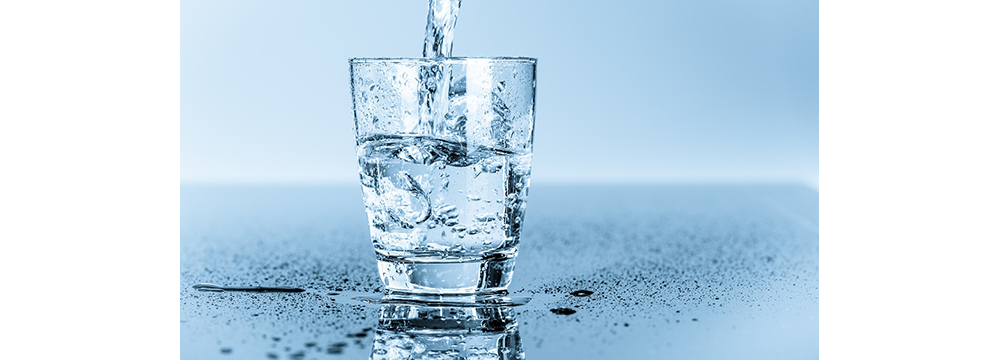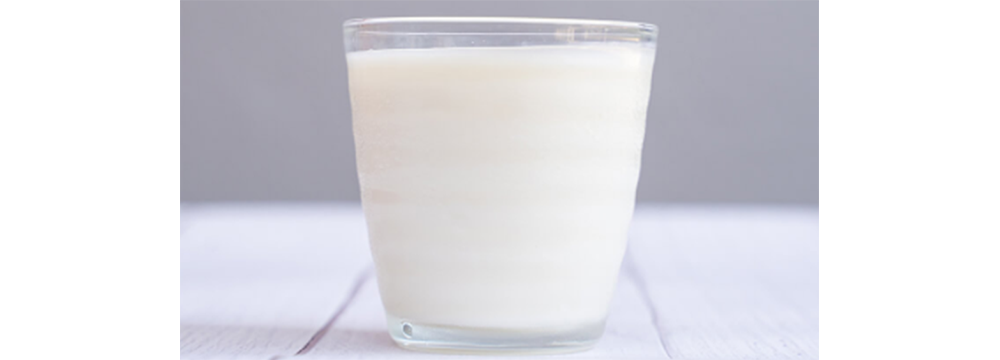II.1.1. Physical parameter
Nature is made up of bodies. The bank, the blackboard, the book, the notebook, the stones, the Earth, the Moon, the Sun, the houses, the cars etc. they are all bodies.
The man perceives bodies in nature with the help of his senses, due to the properties (properties) they have.

We see the color of the bodies, their state of aggregation, their shape, transparency, etc.
We smell the scent of flowers, milk, vinegar and we recognize certain substances by their smell.
We touch the objects in a dark room so as not to hit ourselves or the radiator in winter, to feel the heat given by it.
We taste sweet chocolate, bitter wormwood, sometimes too salty foods, hot peppers.
We hear the boiling of water as it begins to boil, the chirping of birds, the ticking of the clock.
The properties of bodies such as: shape, color, state of aggregation, smell, spatial extent, state of heating, are called physical properties.
Bodies differ from each other by certain properties, which are characteristic of them, called particular properties.
Example:

- liquid;
- tasteless (lacking flavour);
- odorless (having no odor);
- colorless (uncolored);
- transparent (we see through it);
- takes the shape of the vessel etc.

- a liquid;
- with sweet taste;
- specific smell of milk;
- white color;
- opaque (we do not see through it);
- takes the shape of the vessel.
There is another category of properties that all bodies in nature have, called general properties.
Examples of the general properties of bodies:
Bodies are made up of substances. These include:
- natural substances (oxygen, nitrogen, water, oil, coal, diamond, gold, salt etc.);
- artificial substances (glass, plastic, petrol, diesel, iron, aluminum, chemical fertilizers etc.).
Bodies occupy a space called volume.
The bodies may be in one of the states of aggregation:
- solid: has its own shape and own volume;
- liquid: it does not have its own shape (it takes the shape of a vessel) but has its own volume (ie 1 Liter of water from a bottle, it also occupies 1 liter in a 10L pot);
- gaseous: it has no shape of its own (it takes the shape of a vessel) nor its own volume (it occupies the entire volume provided).

🔦 Remark:
When you call a body I think:
- a certain shape and
- a certain volume of it.
When naming a substance I can think of:
- different forms that it can take in different bodies.
For example, when I say nail I call a body (I think of the well-known shape of the nail), and when I say iron I name a substance (iron can take the shape of a nail, cabinet, wire etc.).
Also, water in a bottle refers to a body (the shape of the bottle), and water refers to a substance (water in a bottle, a glass, a lake etc.).